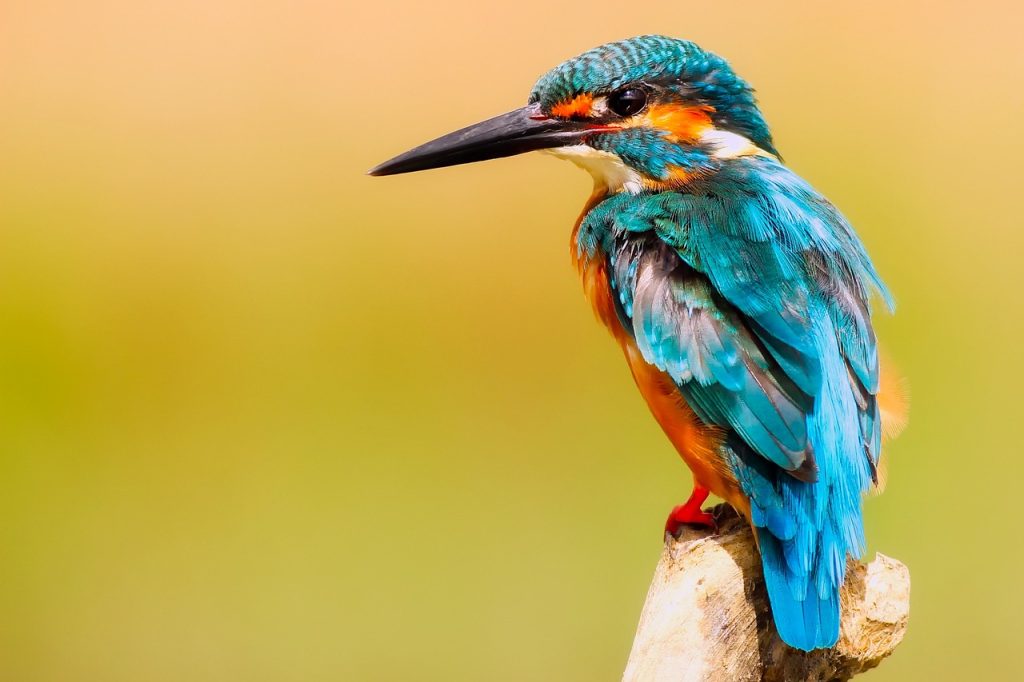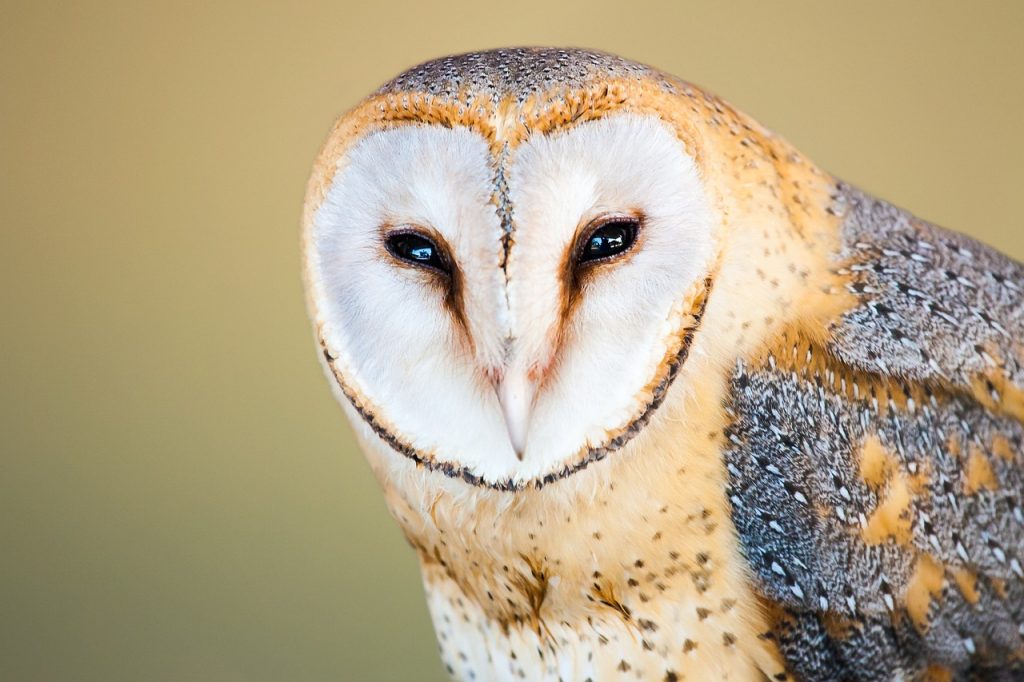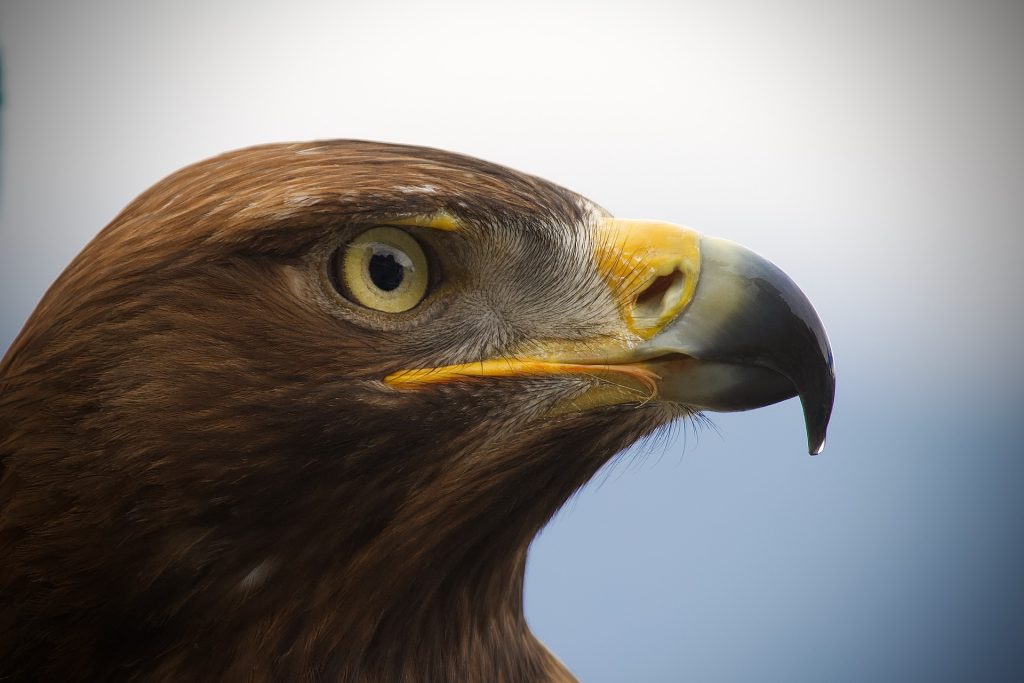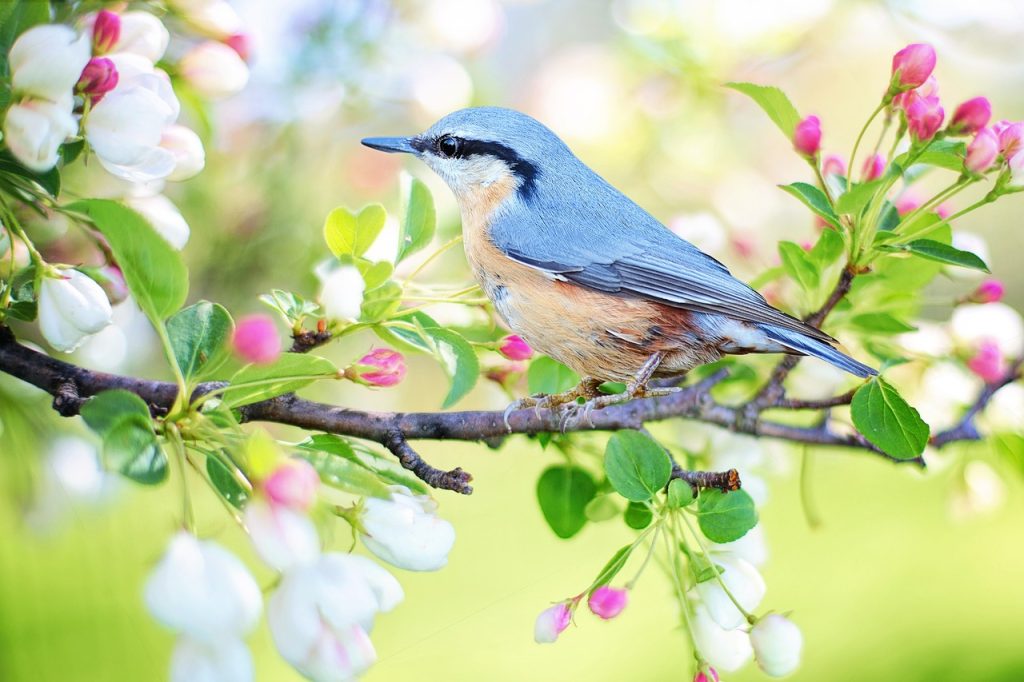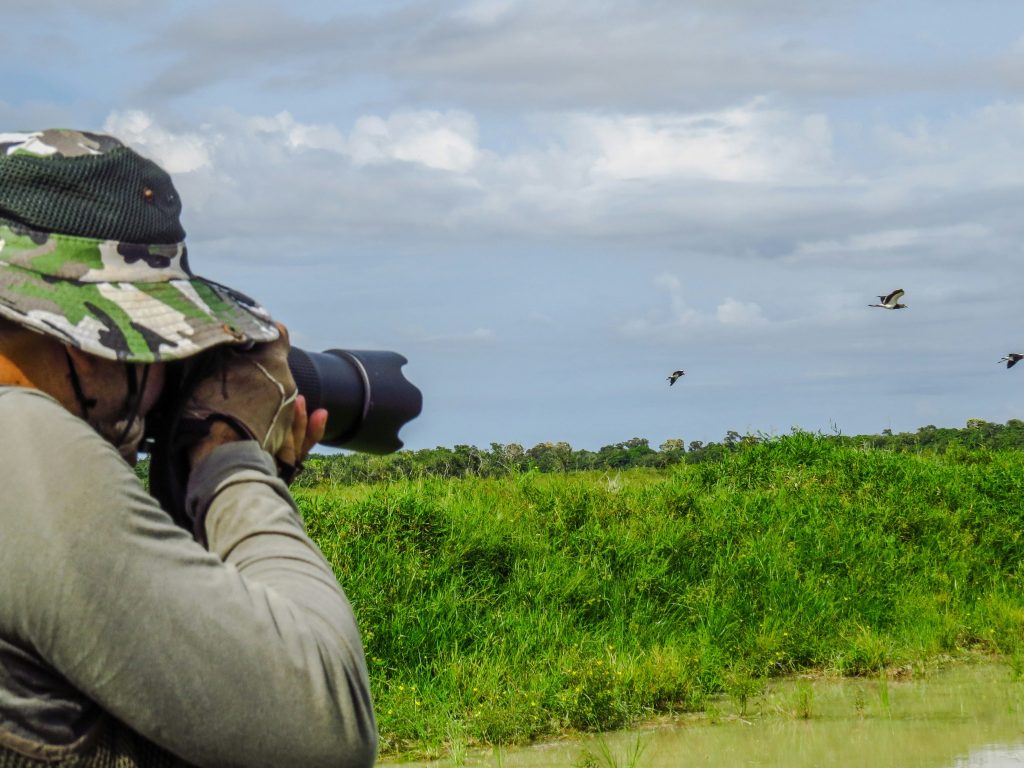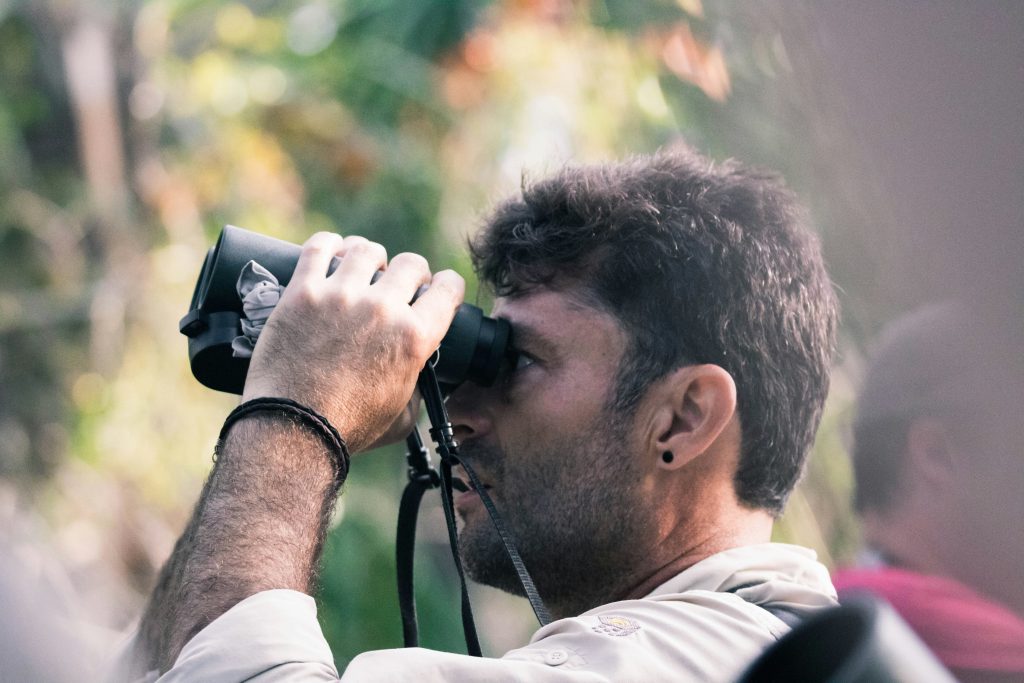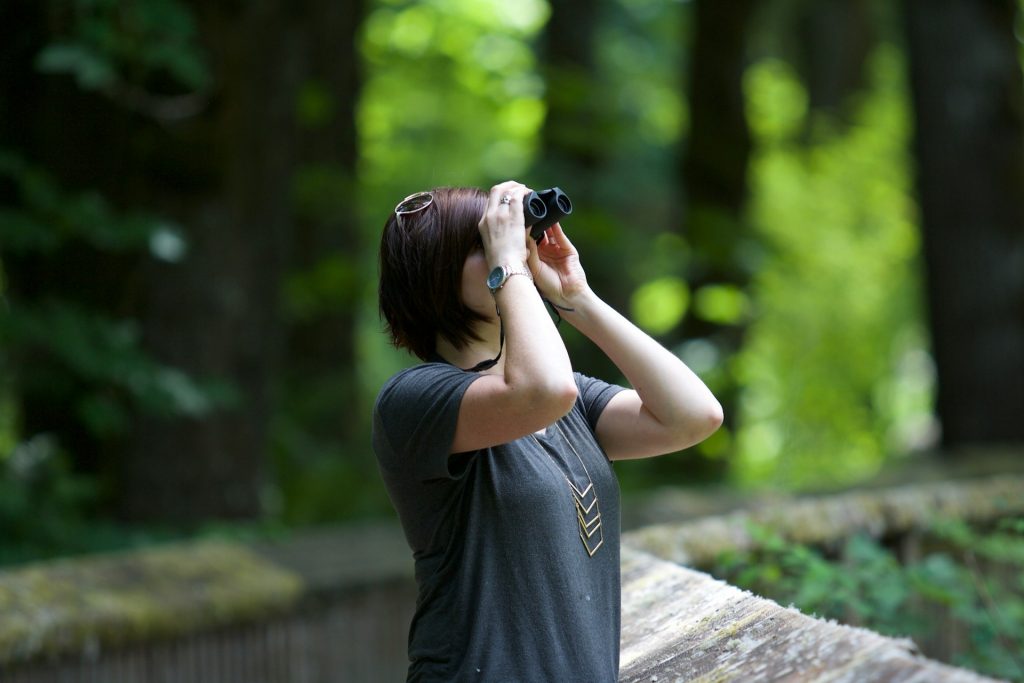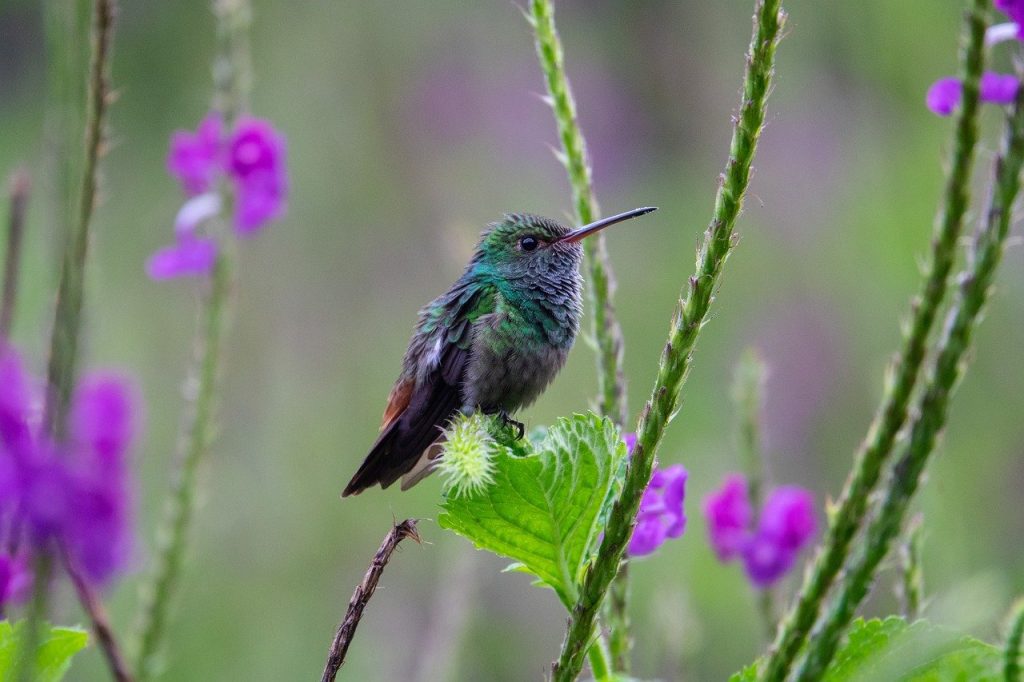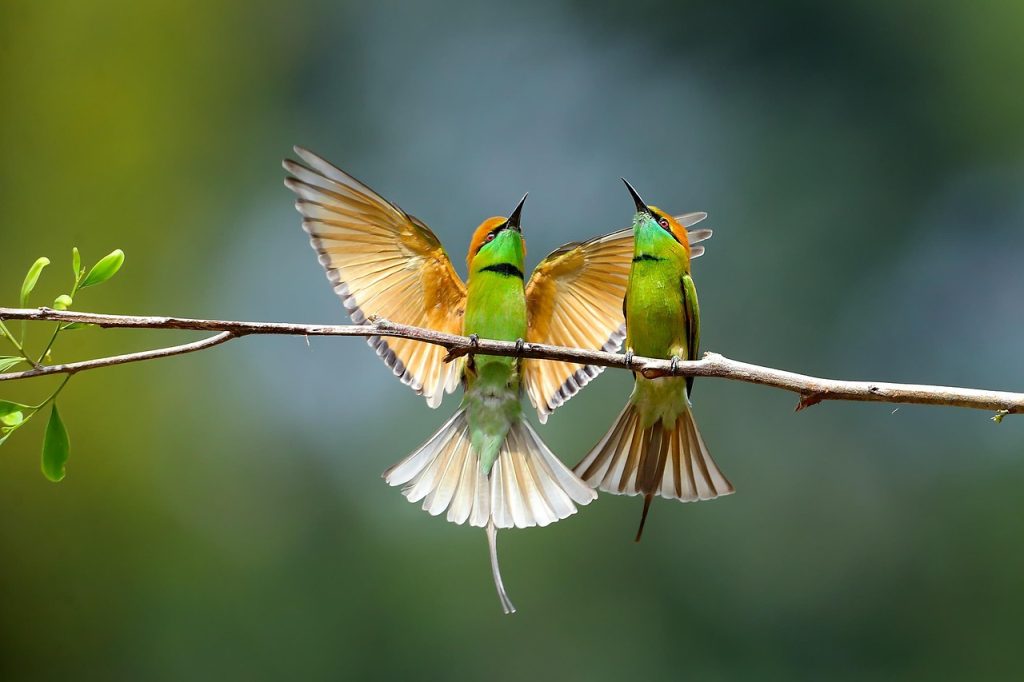15 of The Most Beautiful Birds of Africa
The African continent is a paradise for wildlife enthusiasts and birdwatchers, offering a stunning array of bird species across diverse habitats, from deserts to rainforests. Here are 15 of the most beautiful birds in Africa, each showcasing the incredible biodiversity and splendor of this remarkable continent. 1. Lilac-breasted Roller The Lilac-breasted Roller is a popular bird among birdwatchers, found across southern and eastern Africa. Known for its stunning plumage, this bird displays up to eight different colors, including lilac, turquoise, green, and royal blue. Despite its harsh, crow-like call, its beauty makes it a favorite sight in the savanna. 2. European Bee-eater Despite its name, the European Bee-eater breeds in Africa and Asia, as well as Europe. This slender bird boasts vibrant plumage in shades of red, orange, green, and blue, with distinctive red eyes and a black eye mask. These gregarious birds are often seen in flocks, catching bees and other insects in mid-air. 3. Yellow-collared Lovebird Native to Tanzania, the Yellow-collared Lovebird is a small parrot with striking green plumage and a bright yellow collar. Its red bill and white eye rings contrast with a dusky brown face, giving it a unique appearance. These social birds are often seen in flocks, feeding on seeds and grains. 4. African Pygmy Kingfisher The African Pygmy Kingfisher is a beautiful bird with a deep blue crown and back, violet ear coverts, and rufous underparts. Found across sub-Saharan Africa, this shy species inhabits savannas, woodlands, and coastal forests, feeding on insects, spiders, and small reptiles. 5. Beautiful Sunbird Known as Africa’s hummingbirds, sunbirds are small nectar feeders with iridescent plumage. The male Beautiful Sunbird dazzles with metallic green and red feathers against velvety black wings. Native to tropical Africa, this bird is a sight to behold as it feeds on nectar with its long, curved bill. 6. Superb Starling The Superb Starling, native to East Africa, is known for its glossy, iridescent blue-green plumage, reddish-brown belly, and black face. These social birds are often seen in gardens and open woodlands, foraging for insects, grains, and berries. Their vocalizations include a variety of trills and chatters. 7. Violet-backed Starling Also known as the Amethyst Starling, the male Violet-backed Starling boasts iridescent violet plumage with pure white underparts. Found across most of sub-Saharan Africa, this starling inhabits open woodlands and forest clearings, feeding on fruits, seeds, and invertebrates. 8. Purple-crested Turaco The Purple-crested Turaco, with its long tail, chunky body, and mohawk-like crest, is a striking bird. Its plumage includes shades of purple, green, and crimson. Native to South and East Africa, this turaco inhabits evergreen forests and savanna thickets, foraging for buds, berries, and fruit. 9. African Green Pigeon The African Green Pigeon is a beautiful bird with gray-green upperparts and yellow-green underparts, yellow thighs, and purple-red shoulder patches. Found in savannas, woodlands, and riparian forests, these pigeons are excellent climbers, often foraging in the canopy for fruit. 10. Red-billed Hornbill Famous for its appearance in “The Lion King,” the Red-billed Hornbill is a large bird with characteristic gray, black, and white speckled plumage and a prominent red bill. Found in woodlands and savannas across sub-Saharan Africa, these hornbills forage for seeds, fruit, and insects. 11. Secretarybird The Secretarybird is a unique raptor with an eagle-like face, crane-like legs, and a dramatic crest of black quills. This tall, slender bird hunts on the ground, preying on small vertebrates and snakes. Found in savannas and grasslands, the Secretarybird is a remarkable sight as it stalks its prey on foot. 12. Martial Eagle The Martial Eagle is the largest African eagle, known for its powerful hunting abilities. With a wingspan of up to seven feet and dark brown plumage with white, spotted underparts, this apex predator preys on mammals, reptiles, and birds. Despite their prowess, Martial Eagles are endangered due to persecution and habitat loss. 13. African Fish Eagle A symbol of the African bush, the African Fish Eagle is a majestic raptor with a distinctive cry. It has a white head, dusky body, and powerful talons adapted for catching fish. Found near large water bodies across sub-Saharan Africa, this eagle also preys on birds, reptiles, and carrion. 14. Greater Flamingo The Greater Flamingo, the largest and most widespread flamingo species, is known for its pinkish-white plumage and long, pink legs. Found in shallow coastal lagoons and mudflats, these birds get their pink coloration from a diet rich in carotenoids. They feed on brine shrimp, algae, seeds, and mollusks. 15. Grey Crowned Crane The Grey Crowned Crane, with its distinctive golden crest and tri-colored plumage, is a stunning bird. Native to southern and eastern Africa, these cranes inhabit savannas, grasslands, and wetlands. They forage on the ground for insects, worms, amphibians, and plant foods, roosting in trees at night. Despite their beauty, Grey Crowned Cranes are endangered due to habitat destruction. Conclusion Africa is home to a vast array of spectacular and charismatic bird species, many of which are under threat from habitat loss, climate change, and other human-induced factors. Raising awareness and taking conservation measures are crucial to preserving these magnificent birds for future generations. By learning about and appreciating these birds, we can contribute to their protection and ensure that they continue to thrive in their natural habitats.

